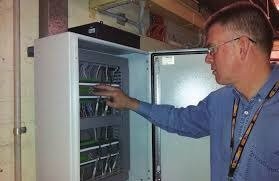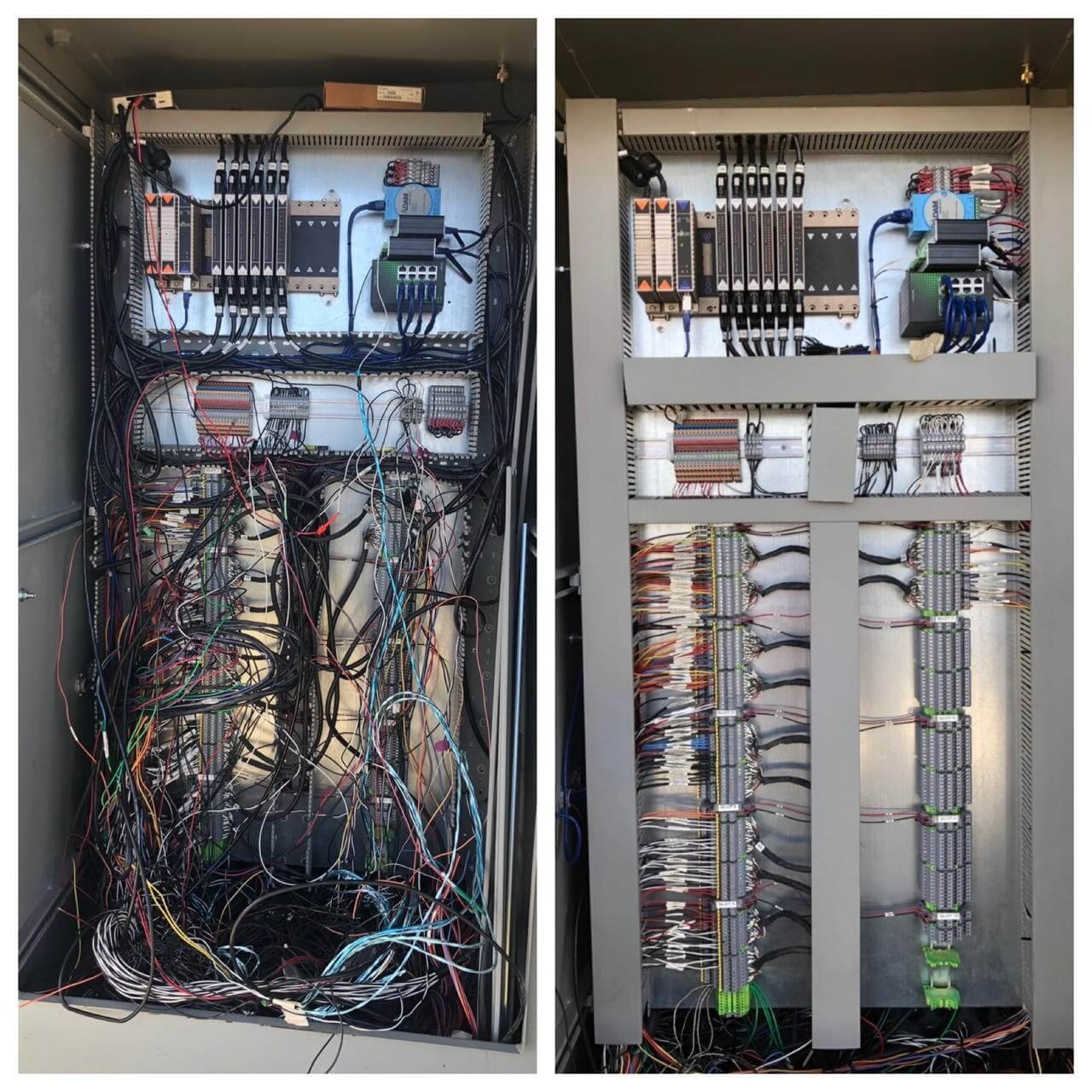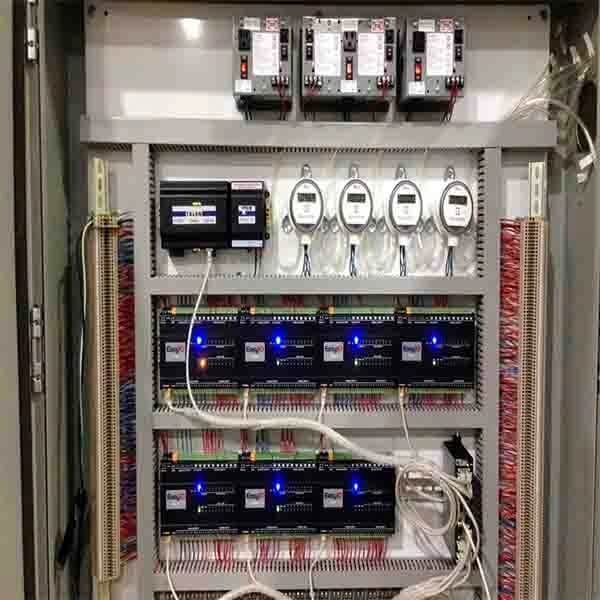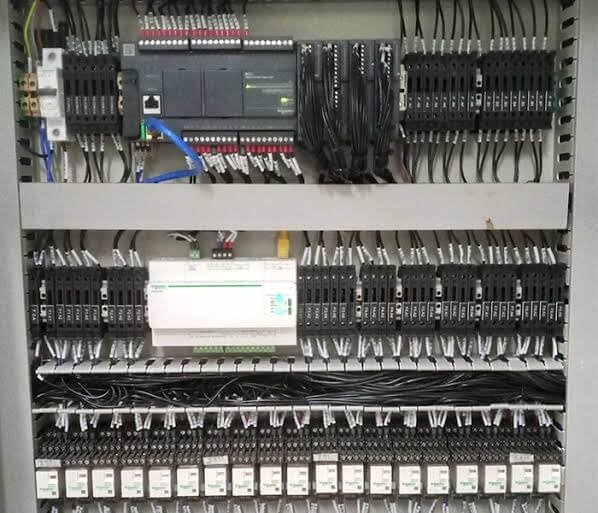In today’s fast changing world the question “what is a building management system” is becoming more and more relevant for facility managers, engineers and property developers globally. As buildings get more complex and energy costs rise the need for advanced control systems has never been more important.

A building management system (BMS) is the central nervous system of modern commercial and industrial facilities. It’s a computer based control system that monitors and controls a building’s mechanical, electrical and electromechanical services. These systems have evolved from simple temperature controllers to full blown platforms that control everything from lighting and HVAC to security and fire safety systems.
The integration of smart technology into building infrastructure has changed the way we approach facility management. Modern BMS platforms use advanced sensors, IoT and artificial intelligence to create responsive environments that adapt to occupancy patterns, weather and operational requirements in real time.
Understanding Building Management System Fundamentals
When exploring what is building management system technology at its core, we must examine its primary components and functionality. A BMS consists of software and hardware elements that work together to control and monitor building systems automatically.
The hardware components include field controllers, sensors, actuators, and communication networks. These devices collect data from various building systems and execute control commands based on programmed logic or manual operator instructions. The software component provides the user interface, data storage, trending capabilities, and analytical tools that facility managers use to optimize building performance.
Central processing units serve as the brain of the system, processing information from numerous input devices and making decisions based on predetermined parameters. These controllers can operate independently or as part of a larger network, ensuring system reliability even if individual components fail.
Communication protocols play a crucial role in BMS functionality. Modern systems utilize standardized protocols such as BACnet, LonWorks, and Modbus to ensure interoperability between devices from different manufacturers. This standardization has revolutionized the industry by preventing vendor lock-in and enabling seamless integration of diverse building systems.
Core Functions and Capabilities
HVAC Control and Optimization
Most of the building management systems are based on the main purpose of controlling heating, ventilation and air conditioning. The systems measure temperature, humidity, air quality, occupancy so that a comfortable environment is maintained with minimal energy usage.
More advanced BMS systems use intelligent algorithms to forecast heating and cooling requirements on the basis of past experience, weather predictions and occupancy patterns. Such predictive strategies enable pre-conditioning of spaces ahead of time, which minimizes energy peaks and enhances comfort.
The zone-based control features allow independent control of different parts of a building based on the different usage patterns, solar gain, and internal heat loads. This granular control strategy is very energy efficient in comparison with the conventional single-zone systems.
Lighting Management
Modern BMS platforms integrate comprehensive lighting control capabilities that extend far beyond simple on/off switching. Daylight harvesting systems automatically adjust artificial lighting levels based on available natural light, while occupancy sensors ensure lights operate only when spaces are in use.
LED technology integration has expanded lighting control possibilities, enabling dimming, color temperature adjustment, and circadian rhythm support. These features not only reduce energy consumption but also improve occupant well-being and productivity.
Emergency lighting systems are seamlessly integrated into BMS platforms, providing automatic testing, fault detection, and compliance reporting. This integration ensures safety systems remain operational while reducing maintenance overhead.
Security and Access Control Integration
Contemporary building management systems incorporate sophisticated security features that extend beyond traditional alarm systems. Access control integration allows facility managers to monitor and control entry points throughout the building from a centralized interface.
Video surveillance integration provides real-time monitoring capabilities with intelligent analytics that can detect unusual activities or security breaches. These systems can automatically trigger responses such as lighting activation, alarm notifications, or emergency procedures.
Visitor management systems work in conjunction with access control to provide temporary credentials and track visitor movements throughout the facility. This integration enhances security while improving the visitor experience.

Advantages of Building Management System Implementation
Energy Efficiency and Cost Reduction
The advantages of building management system implementation are most evident in energy consumption reduction. Studies consistently demonstrate that properly implemented BMS platforms can reduce energy consumption by 15-30% compared to manually controlled systems.
Real-time energy monitoring capabilities enable facility managers to identify inefficient equipment, optimize operational schedules, and implement demand response strategies. These insights lead to significant operational cost reductions and improved sustainability performance.
Preventive maintenance scheduling based on equipment runtime and performance data helps extend equipment life while reducing unexpected failures. This proactive approach minimizes costly emergency repairs and reduces system downtime.
Operational Efficiency
The ability to centrally control and monitor operations increases efficiency levels drastically because there is no longer a necessity to manually monitor the system and make changes. The staff of this facility can control and monitor several buildings using only one operational spot, which is a perfect way to allocate resources and minimize response rates.
Automated reporting capabilities can give thorough information on the system performance, energy usage, and system upkeep. Such reports facilitate regulatory compliance and data-driven decision-making.
The ability to access remotely allows facility managers to observe and make adjustments to systems regardless of location which helps improve response times and eliminate the necessity to be physically present during off-hours.
Enhanced Comfort and Productivity
Building management systems create more comfortable and productive environments by maintaining optimal temperature, humidity, and air quality levels automatically. Occupant comfort directly impacts productivity, making BMS investment a strategic business decision.
Indoor air quality monitoring and control capabilities have become increasingly important, particularly in the post-pandemic environment. BMS platforms can monitor CO2 levels, particulate matter, and other air quality indicators while automatically adjusting ventilation rates to maintain healthy indoor environments.
Noise control integration helps maintain appropriate acoustic environments for different space types, further enhancing occupant comfort and productivity.
Benefits of Building Management System Technology
Scalability and Flexibility

The benefits of building management system technology extend to system scalability and adaptability. Modern BMS platforms can easily accommodate building expansions, system upgrades, and changing operational requirements without requiring complete system replacement.
Modular architecture enables incremental system expansion, allowing organizations to implement BMS capabilities gradually based on budget and operational priorities. This approach reduces initial investment requirements while providing a clear upgrade path.
Open protocol support ensures long-term system viability by preventing vendor lock-in and enabling integration with emerging technologies. This flexibility protects investment value and ensures systems can evolve with changing requirements.
Integration Capabilities
Contemporary BMS platforms excel at integrating diverse building systems into unified control and monitoring environments. Fire safety, security, lighting, HVAC, and power systems can be monitored and controlled through a single interface, improving operational efficiency and response capabilities.
Third-party system integration capabilities enable BMS platforms to work with specialized equipment and systems that may not be part of the core BMS offering. This flexibility ensures comprehensive building control regardless of equipment manufacturers or system types.
Cloud-based integration options provide access to advanced analytics, machine learning capabilities, and remote support services that extend beyond traditional on-premises BMS functionality.
Advanced Features and Technologies
Intelligent Building Management System Capabilities
Intelligent building management system platforms incorporate artificial intelligence and machine learning capabilities that continuously optimize building performance based on operational data and external conditions. These systems learn from historical patterns and adapt control strategies to improve efficiency and comfort.
Predictive analytics capabilities identify potential equipment failures before they occur, enabling proactive maintenance scheduling and reducing unexpected downtime. This intelligence extends equipment life and reduces operational costs.
Automated fault detection and diagnosis capabilities quickly identify system problems and provide guidance for resolution. This functionality reduces troubleshooting time and ensures optimal system performance.
Integrated Building Management System Solutions
Integrated building management system platforms combine multiple building services into cohesive control environments that optimize overall building performance rather than individual system efficiency. This holistic approach yields superior results compared to independent system operation.
Energy management integration enables sophisticated demand response strategies that reduce peak energy costs while maintaining occupant comfort. These systems can automatically shed non-critical loads during peak demand periods and restore full operation when conditions improve.
Sustainability reporting capabilities provide detailed insights into building environmental performance, supporting green building certification efforts and corporate sustainability goals.
Implementation Considerations
System Design and Planning
Successful BMS implementation requires careful planning and system design that accounts for current operational requirements and future expansion needs. Proper design ensures optimal system performance and long-term value.
Network infrastructure requirements must be carefully evaluated to ensure reliable communication between system components. Redundant communication paths and backup systems help ensure continuous operation even during component failures.
User interface design significantly impacts system adoption and operational efficiency. Intuitive interfaces reduce training requirements and improve system utilization rates.
Installation and Commissioning
Professional installation and comprehensive commissioning are critical for achieving optimal BMS performance. Proper commissioning ensures all system components operate correctly and control sequences perform as intended.
Performance verification testing validates that installed systems meet design specifications and operational requirements. This testing phase identifies and resolves issues before system handover.
Operator training ensures facility staff can effectively utilize system capabilities and respond appropriately to system alarms and notifications. Comprehensive training programs improve system reliability and operational efficiency.
Future Trends and Developments

The building management system industry continues to evolve rapidly, driven by advances in IoT technology, artificial intelligence, and cloud computing. Future BMS platforms will offer even more sophisticated analytics capabilities and autonomous operation features.
Edge computing integration will enable real-time decision-making at the device level while reducing dependence on cloud connectivity. This approach improves system reliability and response times while reducing bandwidth requirements.
Cybersecurity considerations are becoming increasingly important as BMS platforms become more connected and sophisticated. Future systems will incorporate advanced security features to protect against cyber threats while maintaining operational functionality.
Conclusion
If you are in modern facility management, engineering or property development, you need to understand what is a building management system. These advanced systems offer total control and monitoring that improves energy efficiency, operational effectiveness and occupant comfort while reducing costs and environmental impact.
The move from basic building controls to intelligent integrated systems is a fundamental shift in how we approach facility management. As buildings get more complex and sustainability requirements get stricter, BMS will play an increasingly important role in building operations.
For over 75 years IET has been at the forefront of electrical engineering innovation in East Africa, serving clients in Kenya, Uganda and Tanzania with cutting edge building management solutions. Our team of experts understands the local market and delivers customized BMS solutions that maximize operational efficiency while minimizing costs. Contact IET today and see how our building automation expertise can transform your facility’s performance and position your organization for future success.
Leave a Reply